Four post-production studios collaborate for Drona; trend similar to Hollywood’s working
Four post-production studios collaborate for Drona; trend similar to Hollywood’s working
MUMBAI: Goldie Behl’s latest film Drona may have been declared a dud at the box-office, but audiences have come away impressed with its visual effects. Drona is Bollywood’s first film to employ the services of four domestic post-production houses.
Earlier this year, Prime Focus worked on Love Story 2050, wherein the work was distributed between Los Angeles-based Frantic Films and an Australian company Rising Sun Pictures, besides Prime Focus’ own studios in Hyderabad and Mumbai.
It’s a working model adopted since long by Hollywood, where multiple post-production studios work on a single project under a VFX supervisor for the purpose of saving time and money and using the collective wisdom and talent of many.
Eyecube, Future Works, Tata Elxsi and Pranaa are the studios which worked on Drona.
The trend marks Bollywood’s newfound seriousness about visual effects (VFX) that involves extensive detailing about VFX right from the scripting stages, and the will to complete it all within tight deadlines.
Furthermore, producers such as Eros, one of new corporates in Bollywood, in addition to Reliance ADAG, Studio18, UTV and Percept, demand strict review of the work in progress, which means animation or visual effects heavy films can’t be in the making for an endless period of time.
That’s one reason why Eyecube, the lead studio working on Drona, outsourced the VFX and post-production mandate to 3 other studios. A range of services were divided between them—right from the computer generated images (CGI), digital intermediate (DI), scanning, color correction, compositing among others.
There’s a good reason why Bollywood is adopting this approach. “These days almost every Hollywood film releases in India. So, audiences have become used to a great audio-visual experience and expect the same from Indian films. Moreover, the overseas markets are now demanding more Indian films; so Bollywood has to make sure that the visual effects, look and feel of every film is world class,” says Gaurav Gupta, CEO, Future Works.
Film-makers, therefore, can’t get away with shoddy work. The spread of digital cinema has ensured that grainy, shaky images are out, and the director can’t risk exposing the actor’s pimples on the big screen, neither can he risk allowing sunset to look like sunrise. Post-production houses have formed a significant part of the film business.
Apart from Future Works, which is a new player in the post-production business, existing players like Prime Focus, Pixion, Adlabs are scaling up their presence by offering services like editing, sound design, creating DVD support and subtitling.
“VFX, till one point of time, had become a commodity business. Out of two or more studios, producers would opt for a studio which offered the same service at cheaper rates,” says Pankaj Khandpur, creative director, Tata Elxsi. “But films like Drona do escalate the way we treat VFX as an industry. The film had about 1,600 shots, which were divided amongst four studios, under the supervision of VFX supervisor David Bush.”
This collaborative working model also marks a sea change in the way studios regard each other and the producer treats the studios, says Naresh Malik, CEO, Pixion. “Indian producers traditionally prefer one-stop shops, because then they can exercise better negotiating power. With 4-5 post-production studios, they cannot bargain that much. Specialisation is, therefore, a good thing for post-production studios, since it will allow everyone to bring something unique in the collaboration process,” he says.
Certain nuts and bolts still need to be tightened up, though. “A good reviewing mechanism is essential. The workflows are complicated and one studio’s work has to complement the other,” says Gupta of Future Works. Tata Elxsi’s Khandpur adds, “While we say that the studios are collaborating, unfortunately, there is no sense of interaction. We’re still operating within our four walls. Only when we share out creative work amongst each other will there be a sense of respect for each other.”
c_arcopol@dnaindia.net ![submenu-img]() Anant Raj Ventures into tier 2 and tier 3 cities, pioneering growth in India’s real estate sector
Anant Raj Ventures into tier 2 and tier 3 cities, pioneering growth in India’s real estate sector![submenu-img]() Sophie Turner reveals she wanted to terminate her first pregnancy with Joe Jonas: 'Didn't know if I wanted...'
Sophie Turner reveals she wanted to terminate her first pregnancy with Joe Jonas: 'Didn't know if I wanted...'![submenu-img]() Meet outsider who was given no money for first film, battled depression, now charges Rs 20 crore per film
Meet outsider who was given no money for first film, battled depression, now charges Rs 20 crore per film![submenu-img]() This is owner of most land in India, owns land in every state, total value is Rs...
This is owner of most land in India, owns land in every state, total value is Rs...![submenu-img]() Meet man who built Rs 39832 crore company after quitting high-paying job, his net worth is..
Meet man who built Rs 39832 crore company after quitting high-paying job, his net worth is..![submenu-img]() Meet woman who first worked at TCS, then left SBI job, cracked UPSC exam with AIR...
Meet woman who first worked at TCS, then left SBI job, cracked UPSC exam with AIR...![submenu-img]() Meet engineer, IIT grad who left lucrative job to crack UPSC in 1st attempt, became IAS, married to an IAS, got AIR...
Meet engineer, IIT grad who left lucrative job to crack UPSC in 1st attempt, became IAS, married to an IAS, got AIR...![submenu-img]() Meet Indian woman who after completing engineering directly got job at Amazon, then Google, Microsoft by using just...
Meet Indian woman who after completing engineering directly got job at Amazon, then Google, Microsoft by using just...![submenu-img]() Meet man who is 47, aspires to crack UPSC, has taken 73 Prelims, 43 Mains, Vikas Divyakirti is his...
Meet man who is 47, aspires to crack UPSC, has taken 73 Prelims, 43 Mains, Vikas Divyakirti is his...![submenu-img]() IIT graduate gets job with Rs 100 crore salary package, fired within a year, he is now working as…
IIT graduate gets job with Rs 100 crore salary package, fired within a year, he is now working as…![submenu-img]() DNA Verified: Is CAA an anti-Muslim law? Centre terms news report as 'misleading'
DNA Verified: Is CAA an anti-Muslim law? Centre terms news report as 'misleading'![submenu-img]() DNA Verified: Lok Sabha Elections 2024 to be held on April 19? Know truth behind viral message
DNA Verified: Lok Sabha Elections 2024 to be held on April 19? Know truth behind viral message![submenu-img]() DNA Verified: Modi govt giving students free laptops under 'One Student One Laptop' scheme? Know truth here
DNA Verified: Modi govt giving students free laptops under 'One Student One Laptop' scheme? Know truth here![submenu-img]() DNA Verified: Shah Rukh Khan denies reports of his role in release of India's naval officers from Qatar
DNA Verified: Shah Rukh Khan denies reports of his role in release of India's naval officers from Qatar![submenu-img]() DNA Verified: Is govt providing Rs 1.6 lakh benefit to girls under PM Ladli Laxmi Yojana? Know truth
DNA Verified: Is govt providing Rs 1.6 lakh benefit to girls under PM Ladli Laxmi Yojana? Know truth![submenu-img]() In pics: Taarak Mehta Ka Ooltah Chashmah actress Deepti Sadhwani dazzles in orange at Cannes debut, sets new record
In pics: Taarak Mehta Ka Ooltah Chashmah actress Deepti Sadhwani dazzles in orange at Cannes debut, sets new record![submenu-img]() Ananya Panday stuns in unseen bikini pictures in first post amid breakup reports, fans call it 'Aditya Roy Kapur's loss'
Ananya Panday stuns in unseen bikini pictures in first post amid breakup reports, fans call it 'Aditya Roy Kapur's loss'![submenu-img]() Remember Harsh Lunia? Just Mohabbat child star, here's how former actor looks now, his wife is Bollywood's popular...
Remember Harsh Lunia? Just Mohabbat child star, here's how former actor looks now, his wife is Bollywood's popular...![submenu-img]() Mother's Day 2024: Bollywood supermoms who balance motherhood, acting, and run multi-crore businesses
Mother's Day 2024: Bollywood supermoms who balance motherhood, acting, and run multi-crore businesses![submenu-img]() Rocky Aur Rani's Golu aka Anjali Anand shocks fans with drastic weight loss without gym, says fitness secret is...
Rocky Aur Rani's Golu aka Anjali Anand shocks fans with drastic weight loss without gym, says fitness secret is...![submenu-img]() Haryana Political Crisis: Will 3 independent MLAs support withdrawal impact the present Nayab Saini led-BJP government?
Haryana Political Crisis: Will 3 independent MLAs support withdrawal impact the present Nayab Saini led-BJP government?![submenu-img]() DNA Explainer: Why Harvey Weinstein's rape conviction was overturned, will beleaguered Hollywood mogul get out of jail?
DNA Explainer: Why Harvey Weinstein's rape conviction was overturned, will beleaguered Hollywood mogul get out of jail?![submenu-img]() What is inheritance tax?
What is inheritance tax?![submenu-img]() DNA Explainer: What is cloud seeding which is blamed for wreaking havoc in Dubai?
DNA Explainer: What is cloud seeding which is blamed for wreaking havoc in Dubai?![submenu-img]() DNA Explainer: What is Israel's Arrow-3 defence system used to intercept Iran's missile attack?
DNA Explainer: What is Israel's Arrow-3 defence system used to intercept Iran's missile attack?![submenu-img]() Sophie Turner reveals she wanted to terminate her first pregnancy with Joe Jonas: 'Didn't know if I wanted...'
Sophie Turner reveals she wanted to terminate her first pregnancy with Joe Jonas: 'Didn't know if I wanted...'![submenu-img]() Meet outsider who was given no money for first film, battled depression, now charges Rs 20 crore per film
Meet outsider who was given no money for first film, battled depression, now charges Rs 20 crore per film![submenu-img]() Meet actress who quit high-paying job for films, director replaced her with star kid, had no money, now lives in...
Meet actress who quit high-paying job for films, director replaced her with star kid, had no money, now lives in...![submenu-img]() This star kid's last 3 films lost Rs 5000000000 at box office, has no solo hit in 5 years, now has lost four films to...
This star kid's last 3 films lost Rs 5000000000 at box office, has no solo hit in 5 years, now has lost four films to...![submenu-img]() Meet actress viral for just walking on screen, belongs to royal family, has no solo hit in 15 years, but still is…
Meet actress viral for just walking on screen, belongs to royal family, has no solo hit in 15 years, but still is…![submenu-img]() This is owner of most land in India, owns land in every state, total value is Rs...
This is owner of most land in India, owns land in every state, total value is Rs...![submenu-img]() Blinkit now gives free dhaniya with veggie orders, thanks to Mumbai mom
Blinkit now gives free dhaniya with veggie orders, thanks to Mumbai mom![submenu-img]() Meet man, an Indian who entered NASA's Hall of Fame by hacking, earlier worked on Apple's...
Meet man, an Indian who entered NASA's Hall of Fame by hacking, earlier worked on Apple's...![submenu-img]() 14 majestic lions cross highway in Gujarat's Amreli, video goes viral
14 majestic lions cross highway in Gujarat's Amreli, video goes viral![submenu-img]() Here's why Isha Ambani was not present during Met Gala 2024 red carpet
Here's why Isha Ambani was not present during Met Gala 2024 red carpet




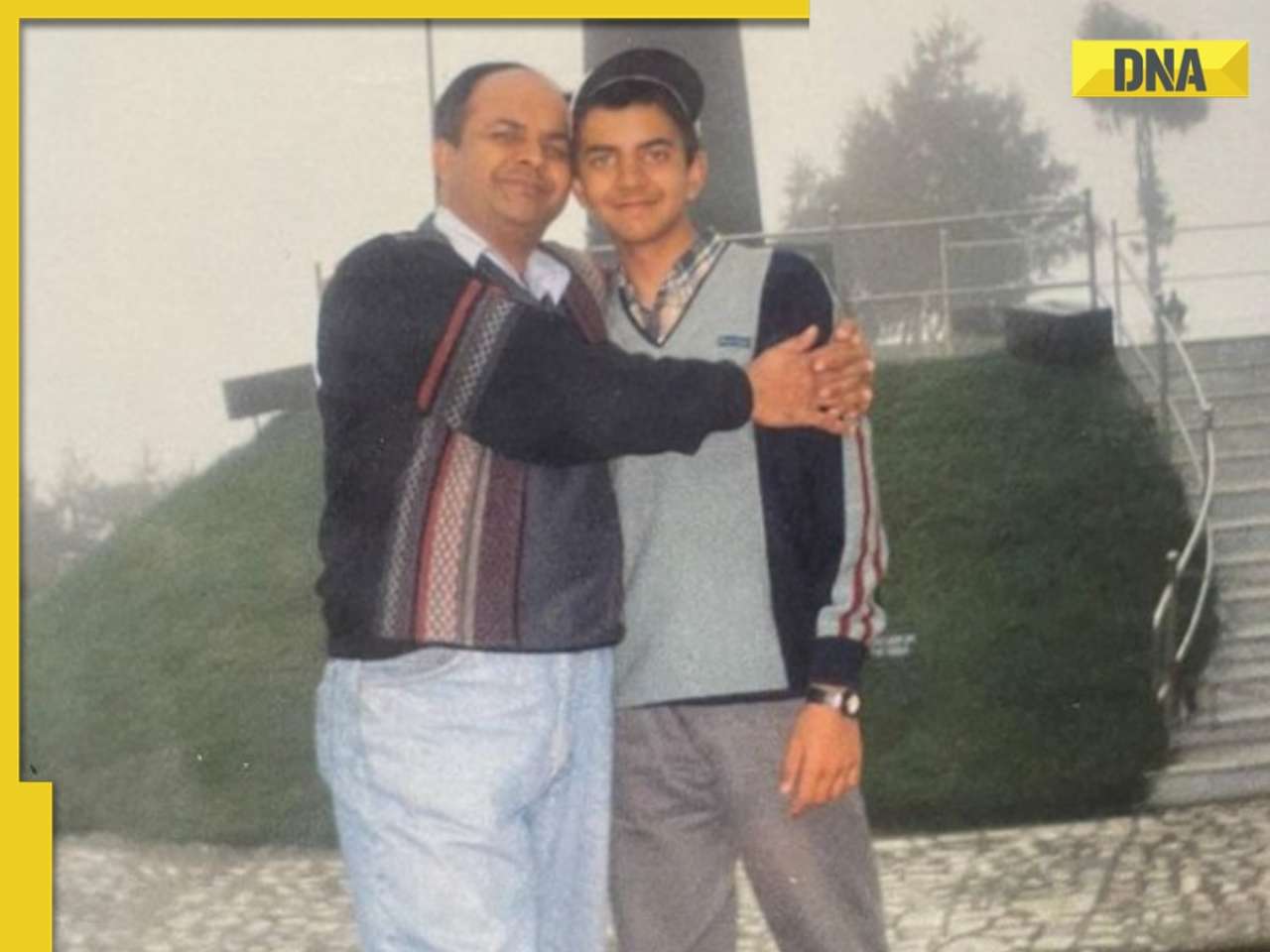





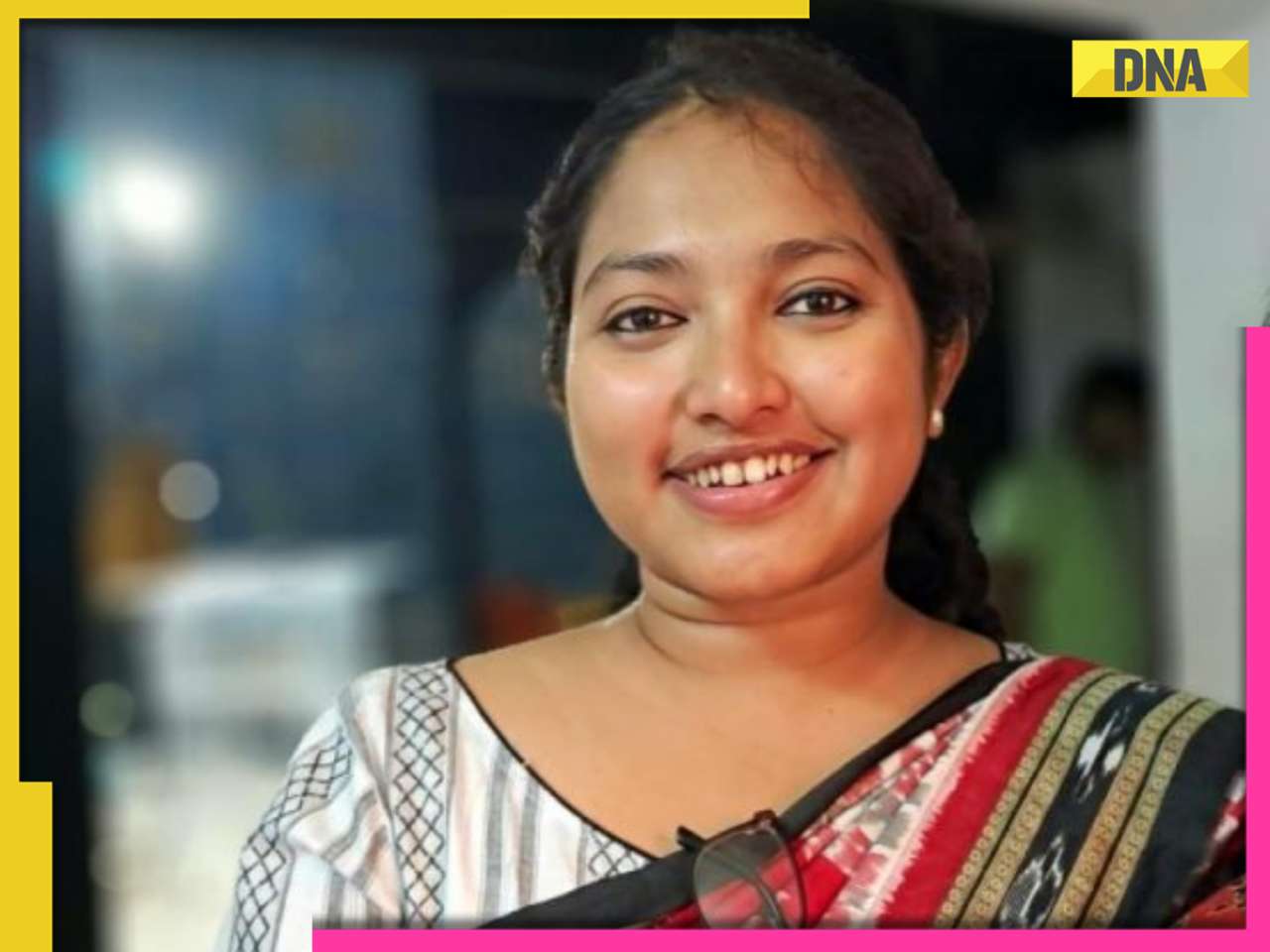

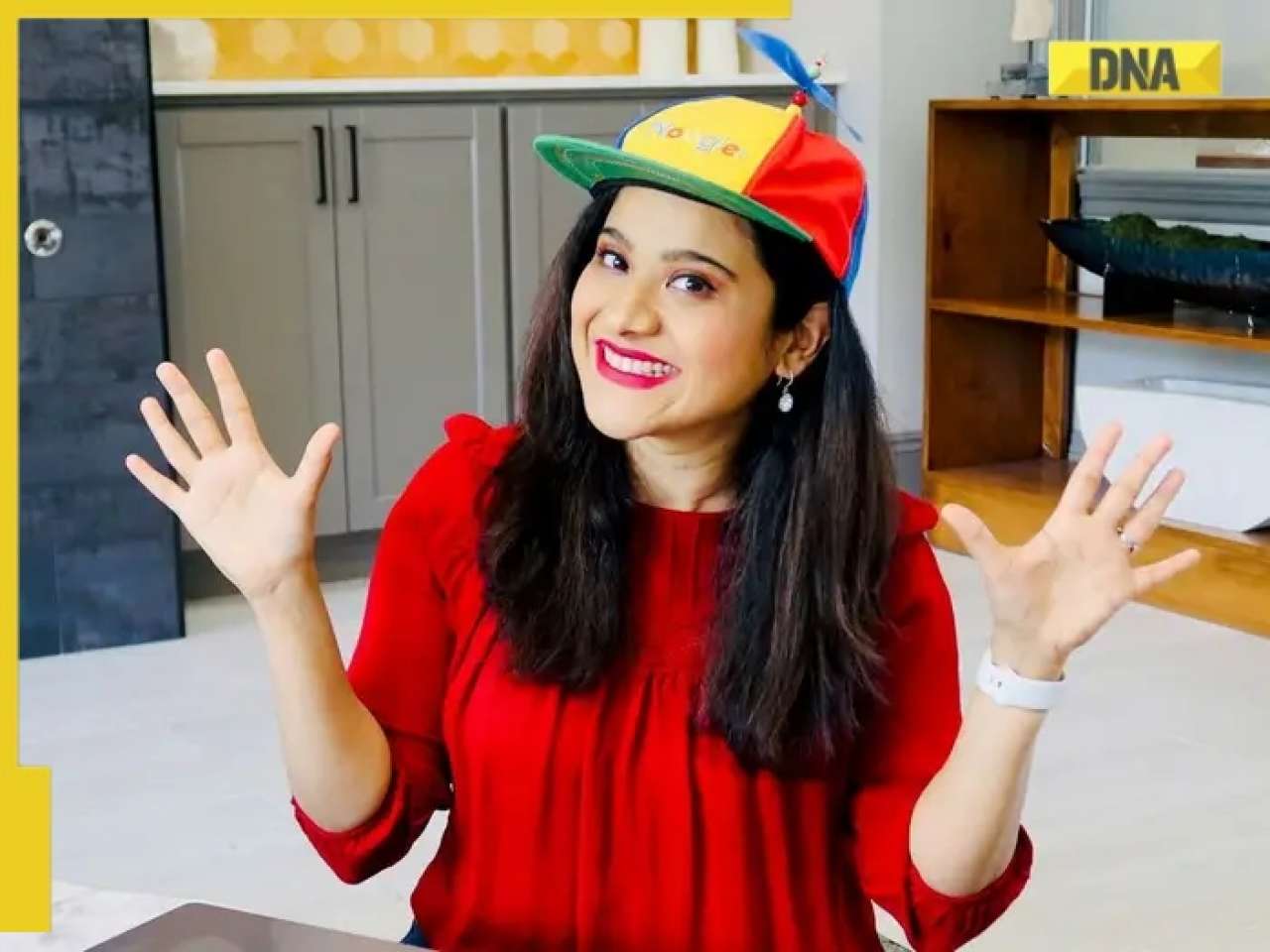


























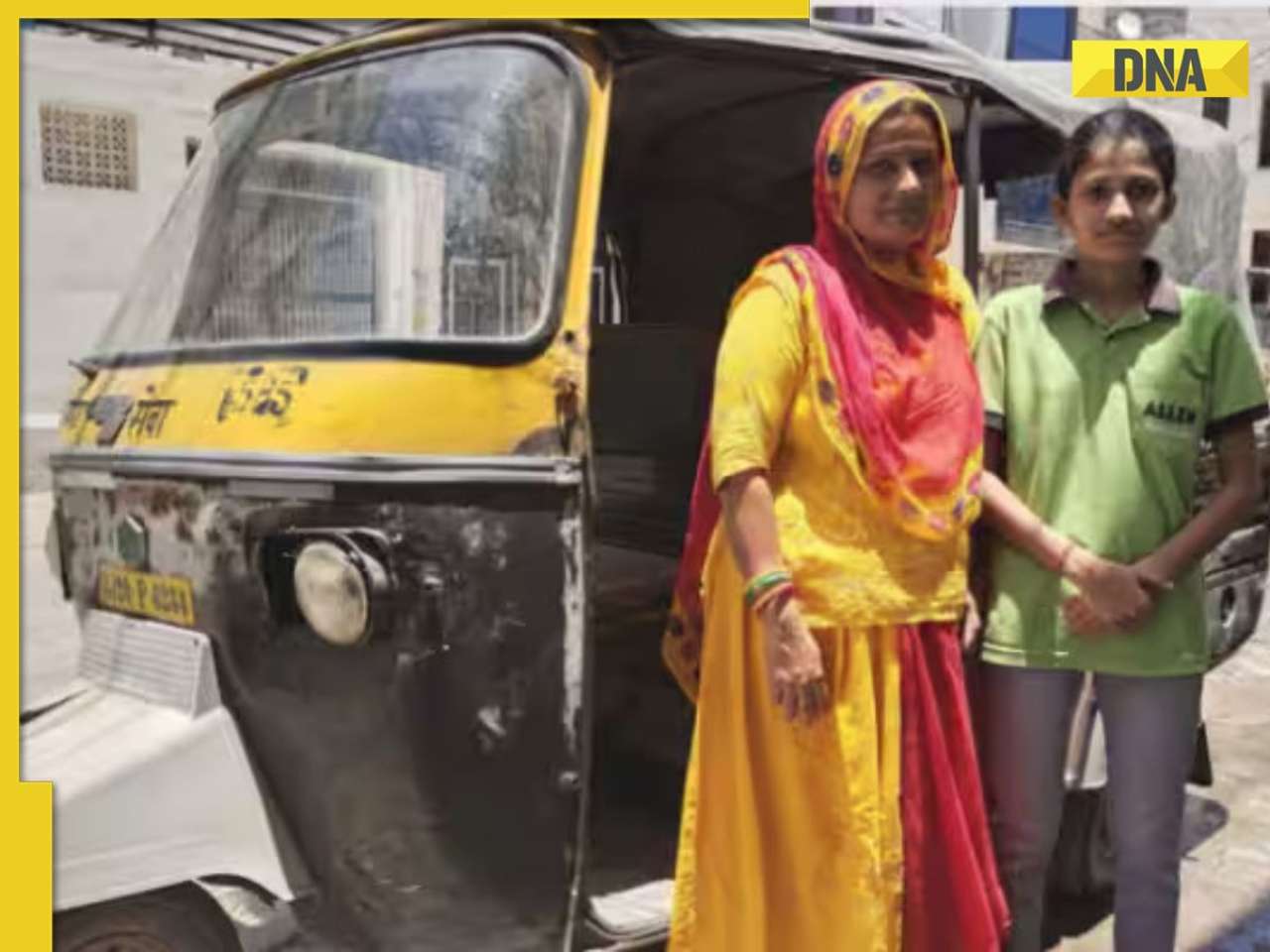
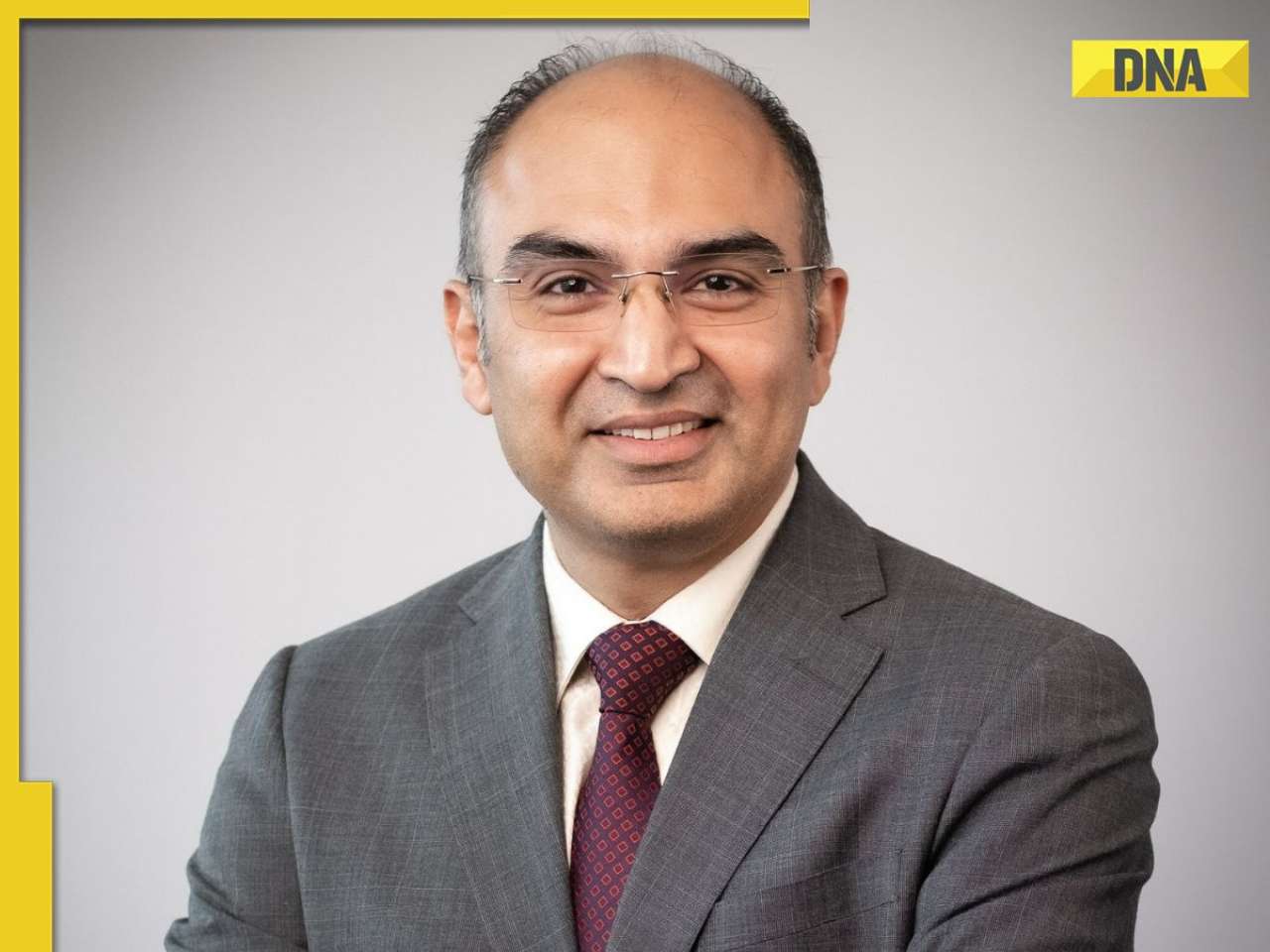





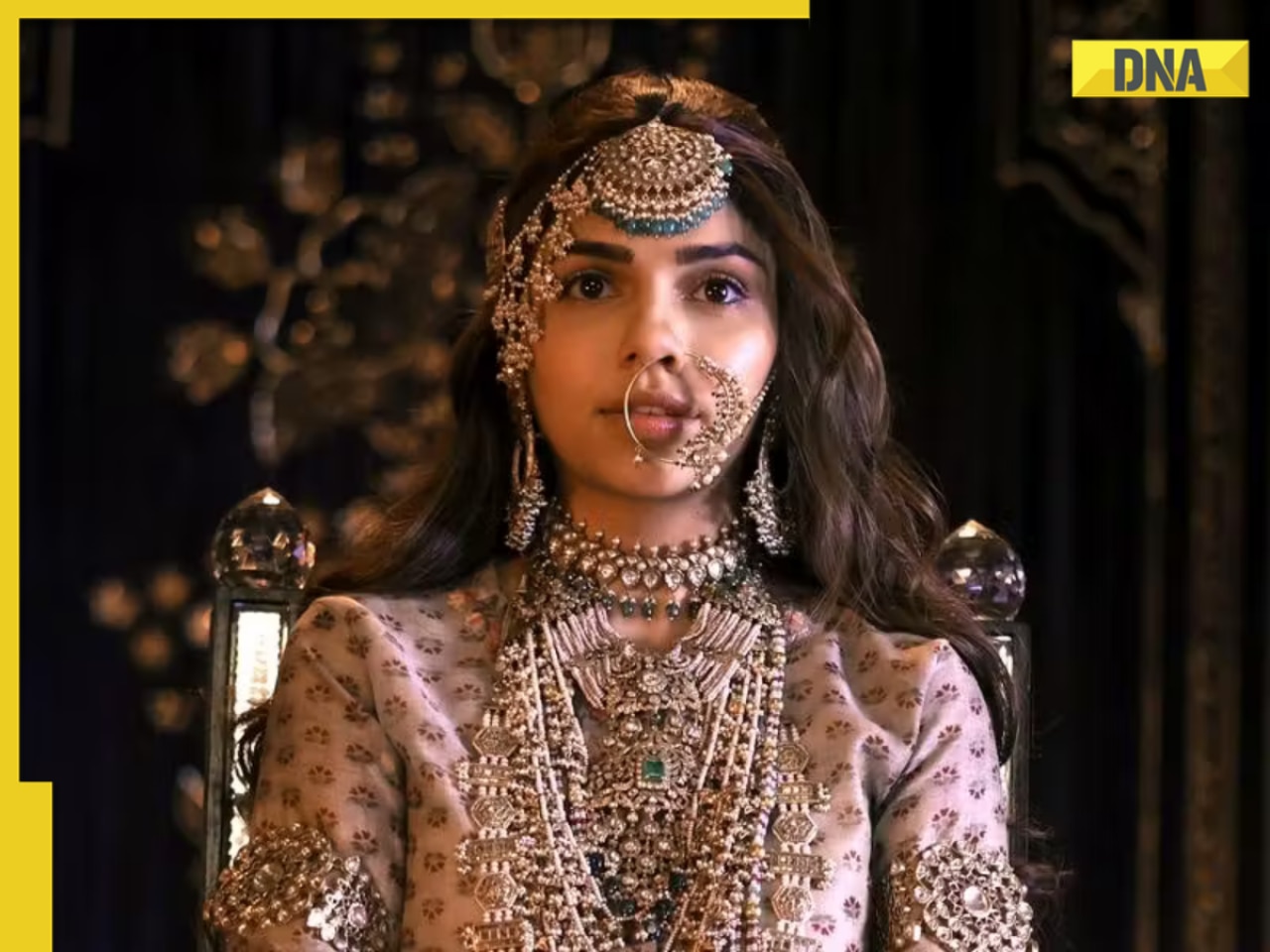


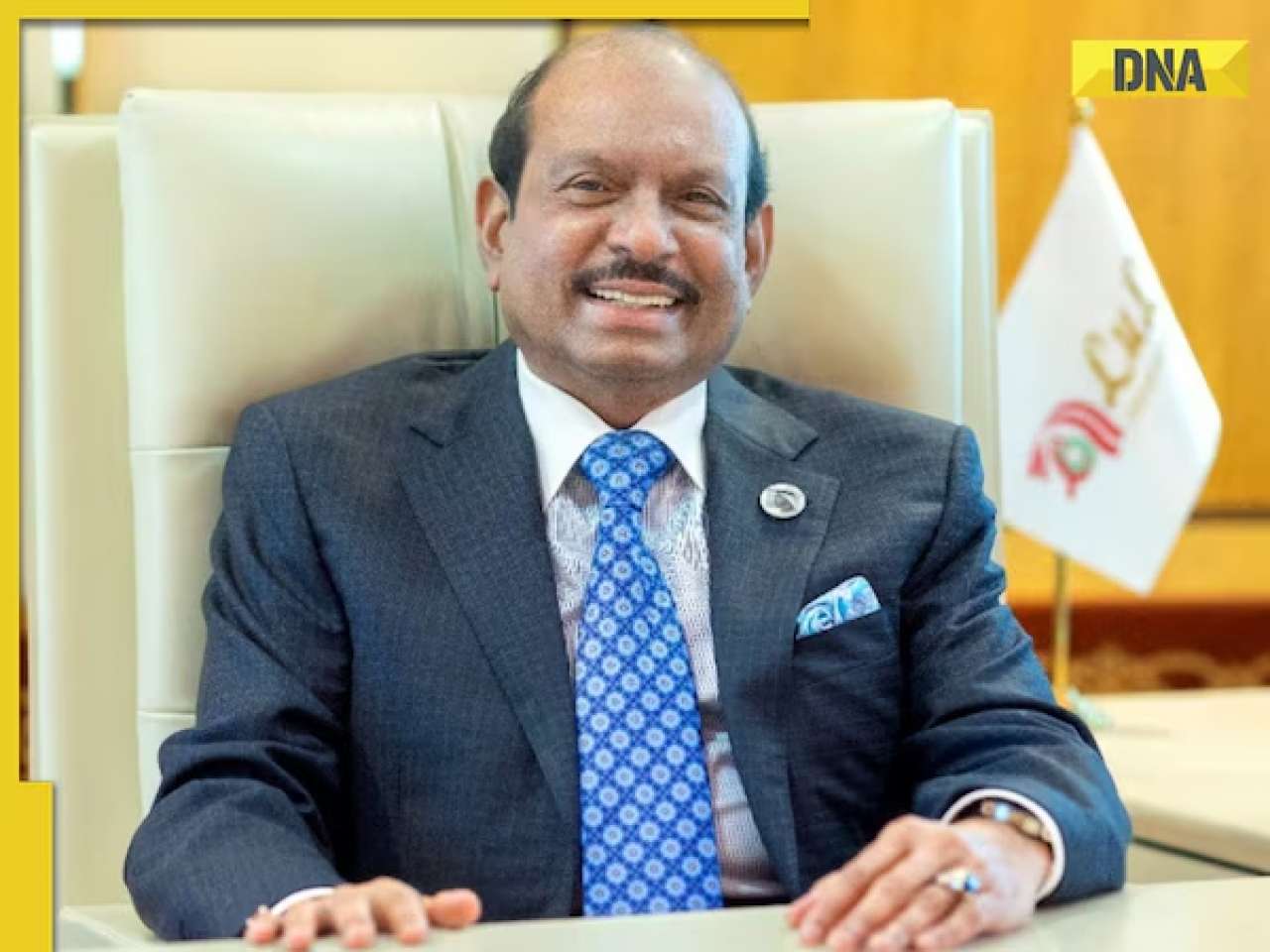





)
)
)
)
)
)